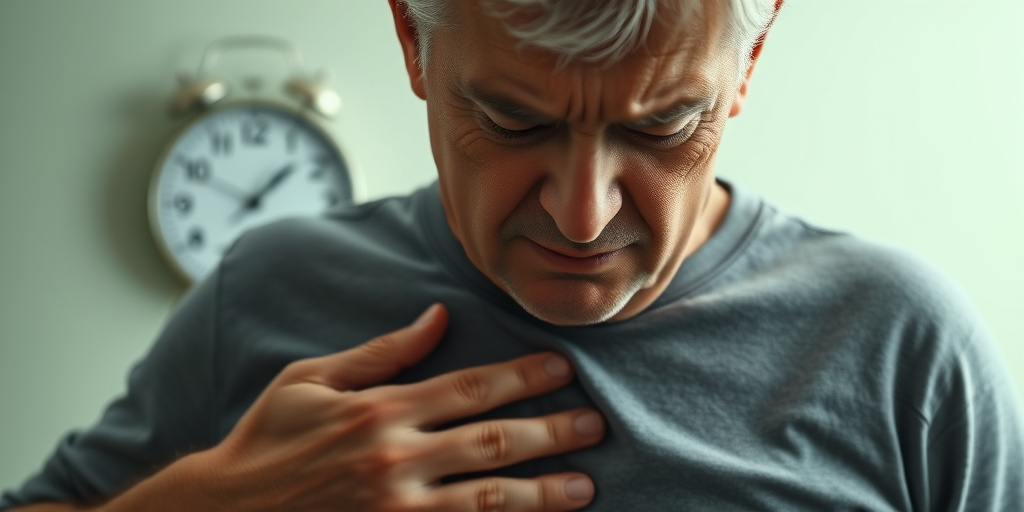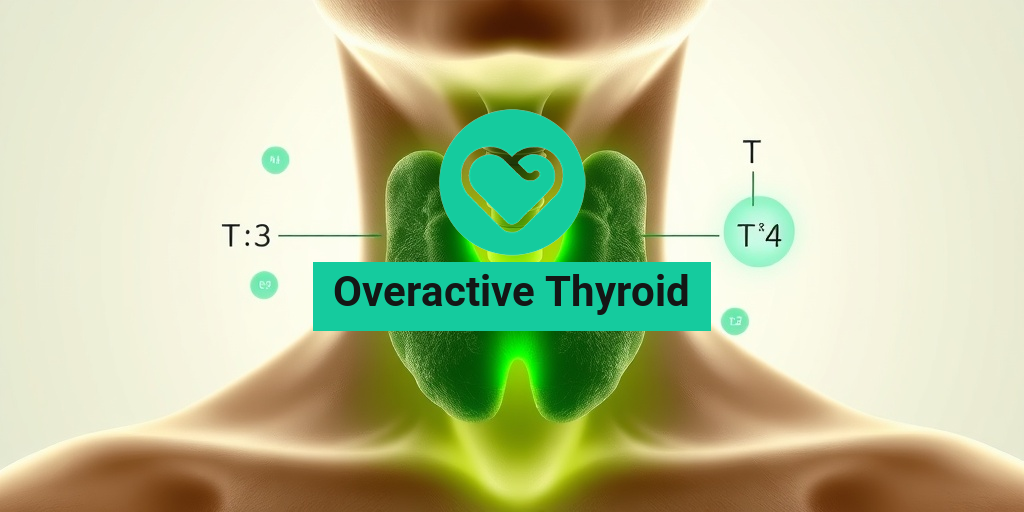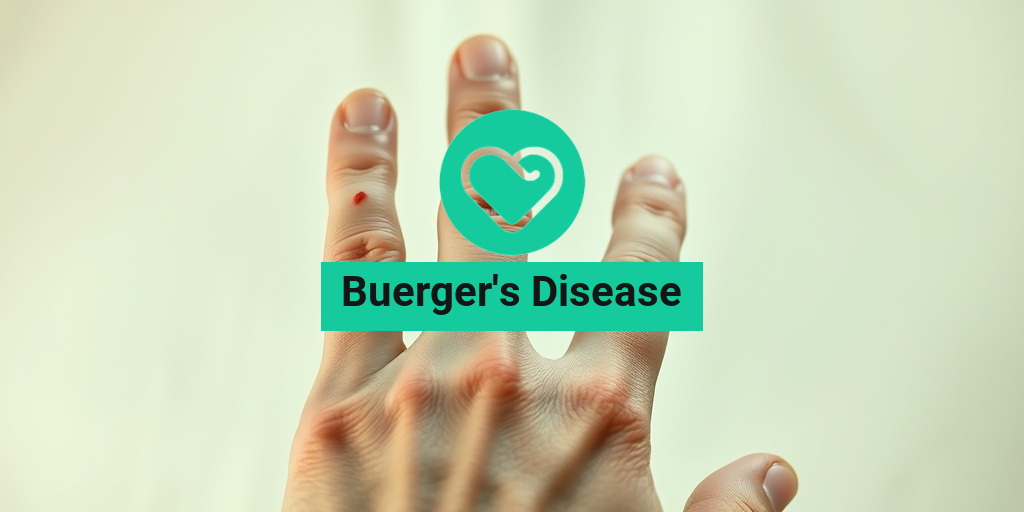What Is Incontinence?
Incontinence is a condition that affects millions of people worldwide, characterized by the involuntary loss of urine or feces. This can lead to significant physical, emotional, and social challenges for those affected. While it is often considered a taboo subject, understanding incontinence is crucial for seeking help and improving quality of life.
Types of Incontinence
There are several types of incontinence, each with its own causes and symptoms. The most common types include:
- Stress Incontinence: This occurs when physical activities such as coughing, sneezing, or exercising put pressure on the bladder, leading to leakage.
- Urge Incontinence: This type is characterized by a sudden, intense urge to urinate, often resulting in leakage before reaching the bathroom.
- Overflow Incontinence: This happens when the bladder doesn’t empty completely, causing frequent or constant dribbling of urine.
- Functional Incontinence: This type is related to physical or cognitive impairments that prevent a person from reaching the bathroom in time.
- Mixed Incontinence: A combination of stress and urge incontinence, where individuals experience symptoms of both types.
Causes of Incontinence
Incontinence can be caused by a variety of factors, including:
- Age: As people age, the muscles that control the bladder may weaken.
- Pregnancy and Childbirth: These can weaken pelvic floor muscles, leading to stress incontinence.
- Menopause: Hormonal changes can affect bladder control.
- Prostate Issues: In men, prostate enlargement or surgery can lead to incontinence.
- Neurological Disorders: Conditions like Parkinson’s disease or multiple sclerosis can interfere with nerve signals that control bladder function.
Understanding the underlying causes of incontinence is essential for effective treatment and management. If you or someone you know is experiencing symptoms, consulting a healthcare professional is a vital step toward finding relief.
Understanding OAB
Overactive bladder (OAB) is a condition that is often confused with incontinence, but it is important to note that they are not the same. OAB is characterized by a frequent and urgent need to urinate, which may or may not lead to incontinence. In fact, many individuals with OAB do not experience leakage, making it distinct from other forms of incontinence.
Symptoms of OAB
The primary symptoms of OAB include:
- Frequent Urination: Needing to urinate more than eight times a day.
- Urgency: A sudden, strong urge to urinate that is difficult to control.
- Nocturia: Waking up multiple times during the night to urinate.
While OAB can lead to incontinence, it is possible to have OAB without experiencing any leakage. This distinction is crucial for proper diagnosis and treatment.
OAB vs. Incontinence
Many people wonder, “Is overactive bladder the same as incontinence?” The answer is no. While OAB can cause incontinence, not everyone with OAB will experience leakage. Conversely, individuals with incontinence may not have the urgency or frequency associated with OAB. Understanding these differences can help in seeking appropriate treatment options.
Treatment Options for OAB
Managing OAB often involves a combination of lifestyle changes, behavioral therapies, and medications. Here are some common approaches:
- Lifestyle Modifications: Reducing caffeine and alcohol intake, maintaining a healthy weight, and practicing bladder training can help manage symptoms.
- Medications: Anticholinergic medications are often prescribed to help relax the bladder and reduce urgency.
- Physical Therapy: Pelvic floor exercises can strengthen the muscles that support bladder control.
For those seeking more information on OAB and incontinence, Yesil Health AI offers evidence-based health answers that can guide you in your journey toward better bladder health.
In conclusion, understanding incontinence and OAB is essential for effective management and treatment. If you or someone you know is struggling with these conditions, don’t hesitate to reach out to a healthcare professional for support. Remember, you are not alone, and help is available! 🌟

Incontinence Symptoms
Incontinence is a condition that affects millions of people worldwide, yet it remains a topic often shrouded in stigma and misunderstanding. Understanding the symptoms of incontinence is crucial for early diagnosis and effective management. Here, we’ll explore the various symptoms associated with incontinence, helping you recognize when it might be time to seek medical advice.
Types of Incontinence
Incontinence can manifest in several forms, each with its own set of symptoms. The most common types include:
- Stress Incontinence: This occurs when physical activities such as coughing, sneezing, laughing, or exercising put pressure on the bladder, leading to involuntary leakage.
- Urge Incontinence: Characterized by a sudden, intense urge to urinate followed by involuntary loss of urine. This is often associated with Overactive Bladder (OAB).
- Overflow Incontinence: This happens when the bladder doesn’t empty completely, leading to frequent or constant dribbling of urine.
- Functional Incontinence: This type is due to physical or mental impairments that prevent a person from reaching the bathroom in time.
Common Symptoms of Incontinence
While the symptoms can vary depending on the type of incontinence, some common signs include:
- Frequent Urination: Needing to urinate more than usual, often during the night (nocturia).
- Urgency: A sudden, strong need to urinate that can be difficult to control.
- Leaking Urine: Involuntary leakage during physical activities or when experiencing a strong urge.
- Feeling of Incomplete Emptying: The sensation that the bladder is not fully emptied after urination.
Recognizing these symptoms is the first step toward addressing the issue. If you or someone you know is experiencing these signs, it’s important to consult a healthcare professional for a proper diagnosis and treatment plan. 🩺
OAB Symptoms
Overactive Bladder (OAB) is a specific type of bladder dysfunction that can significantly impact daily life. Understanding the symptoms of OAB is essential for effective management and improving quality of life.
Defining OAB
OAB is characterized by a combination of symptoms that can vary in severity. It is important to note that OAB does not always lead to incontinence, but many individuals with OAB do experience involuntary leakage. Here are the primary symptoms associated with OAB:
- Urgency: A sudden, compelling urge to urinate that is difficult to defer.
- Frequency: Urinating more than eight times in a 24-hour period.
- Nocturia: Waking up multiple times during the night to urinate.
- Incontinence: In some cases, the urgency can lead to involuntary leakage of urine.
Understanding the Impact of OAB
The symptoms of OAB can be disruptive and may lead to emotional distress, anxiety, and social withdrawal. Many individuals find themselves avoiding activities or situations where they may not have easy access to a restroom. This can significantly affect one’s quality of life.
It’s also important to differentiate between OAB and other types of incontinence. For instance, OAB vs urge incontinence can be confusing, as both involve urgency and potential leakage. However, OAB is primarily characterized by the urgency to urinate, while urge incontinence specifically refers to the involuntary loss of urine following that urgency.
When to Seek Help
If you are experiencing symptoms of OAB, it’s crucial to consult a healthcare provider. They can help determine whether your symptoms are due to OAB, incontinence, or another underlying condition. Early intervention can lead to more effective management strategies and improved quality of life. 🌟
In conclusion, understanding the symptoms of both incontinence and OAB is vital for anyone experiencing these issues. By recognizing the signs and seeking appropriate medical advice, individuals can take proactive steps toward managing their bladder health effectively.

Causes of Incontinence
Incontinence, particularly Overactive Bladder (OAB), can be a challenging condition that affects many individuals. Understanding the causes is crucial for effective management and treatment. Here are some of the primary causes of incontinence:
1. Neurological Disorders
Conditions such as multiple sclerosis, Parkinson’s disease, and stroke can disrupt the signals between the bladder and the brain, leading to an overactive bladder. These neurological disorders can impair the body’s ability to control urination, resulting in involuntary leakage.
2. Aging
As we age, the bladder’s capacity and the strength of the pelvic floor muscles can decline. This natural aging process can lead to increased urgency and frequency of urination, contributing to OAB symptoms.
3. Hormonal Changes
For women, hormonal changes during menopause can affect bladder function. The decrease in estrogen levels can lead to changes in the urinary tract, increasing the risk of incontinence. This is particularly relevant for those experiencing mixed incontinence, where both urge and stress incontinence symptoms are present.
4. Urinary Tract Infections (UTIs)
UTIs can irritate the bladder, causing symptoms similar to OAB, such as urgency and frequency. While these symptoms may resolve with treatment, recurrent infections can lead to chronic bladder issues.
5. Obesity
Excess weight can put additional pressure on the bladder, leading to increased urgency and frequency of urination. This pressure can exacerbate symptoms of OAB and contribute to the development of incontinence.
6. Medications
Some medications, particularly diuretics, can increase urine production and lead to incontinence. It’s essential to discuss any side effects with your healthcare provider, as they may be able to adjust your medication regimen.
7. Lifestyle Factors
Certain lifestyle choices can contribute to incontinence. These include:
- Excessive caffeine and alcohol consumption: Both can irritate the bladder.
- Smoking: This can lead to chronic cough, which may increase the risk of stress incontinence.
- Inadequate fluid intake: Ironically, not drinking enough water can lead to concentrated urine, which may irritate the bladder.
Risk Factors for OAB
Identifying the risk factors for Overactive Bladder (OAB) can help in early detection and management. Here are some key risk factors to consider:
1. Gender
Women are more likely to experience OAB than men, particularly due to hormonal changes and childbirth, which can weaken pelvic floor muscles.
2. Age
As mentioned earlier, aging is a significant risk factor. The prevalence of OAB increases with age, making it essential for older adults to be aware of their bladder health.
3. Family History
If you have a family history of bladder issues, you may be at a higher risk for developing OAB. Genetic factors can play a role in bladder function and control.
4. Chronic Conditions
Individuals with chronic conditions such as diabetes, obesity, or chronic cough are at an increased risk for OAB. Managing these conditions can help mitigate the risk of developing bladder issues.
5. Previous Surgeries
Surgeries involving the pelvic region, such as hysterectomy or prostate surgery, can affect bladder function and increase the risk of incontinence.
6. Mental Health
Conditions such as anxiety and depression can impact bladder control. Stress can exacerbate OAB symptoms, making it essential to address mental health as part of a comprehensive treatment plan.
7. Physical Activity
While regular exercise is beneficial for overall health, certain high-impact activities may increase the risk of stress incontinence. It’s important to find a balance that maintains pelvic floor strength without overexertion.
Understanding the causes and risk factors of incontinence and OAB is vital for effective management. If you or someone you know is experiencing symptoms, consulting a healthcare professional can provide guidance and support. 🌟

Diagnosis of Incontinence
Diagnosing incontinence, particularly overactive bladder (OAB), involves a comprehensive approach that includes understanding the patient’s symptoms, medical history, and conducting specific tests. This process is crucial for determining the most effective treatment options.
Understanding Symptoms
The first step in diagnosing incontinence is recognizing the symptoms. Common signs of OAB include:
- Frequent urination: Needing to urinate more than eight times a day.
- Urgency: A sudden, strong need to urinate that may be difficult to control.
- Nocturia: Waking up multiple times during the night to urinate.
- Incontinence episodes: Involuntary leakage of urine.
If you experience any of these symptoms, it’s essential to consult a healthcare professional for a thorough evaluation. 🩺
Medical History and Physical Examination
Your doctor will begin by taking a detailed medical history, which includes:
- Your current medications.
- Any previous surgeries or medical conditions.
- Family history of bladder issues.
A physical examination may also be conducted to assess pelvic floor strength and identify any anatomical issues that could contribute to incontinence.
Diagnostic Tests
To confirm a diagnosis of OAB or other types of incontinence, your doctor may recommend several tests, including:
- Urinalysis: A simple test to check for signs of infection or other abnormalities in the urine.
- Bladder diary: Keeping track of your fluid intake, urination patterns, and any leakage incidents over a few days.
- Urodynamic testing: A series of tests that measure how well the bladder and urethra store and release urine.
These tests help differentiate between urge incontinence, stress incontinence, and other types of bladder dysfunction, ensuring that you receive the most appropriate treatment. 📊
Treatment Options for OAB
Once diagnosed, there are various treatment options available for managing overactive bladder (OAB) and associated incontinence. The choice of treatment often depends on the severity of symptoms and individual patient needs.
Lifestyle Modifications
Many patients find relief through simple lifestyle changes, such as:
- Fluid management: Adjusting fluid intake to reduce nighttime urination.
- Dietary changes: Avoiding bladder irritants like caffeine, alcohol, and spicy foods.
- Weight management: Maintaining a healthy weight can alleviate pressure on the bladder.
These modifications can significantly improve symptoms and enhance quality of life. 🌱
Behavioral Therapies
Behavioral therapies are often recommended as a first-line treatment for OAB. These may include:
- Bladder training: Gradually increasing the time between urination to help the bladder hold more urine.
- Kegel exercises: Strengthening pelvic floor muscles to improve bladder control.
These techniques can empower patients to manage their symptoms effectively. 💪
Medications
If lifestyle changes and behavioral therapies are insufficient, medications may be prescribed. Common options include:
- Anticholinergics: These medications help relax the bladder muscle and reduce urgency.
- Beta-3 agonists: These work by relaxing the bladder and increasing its capacity.
It’s important to discuss potential side effects and interactions with your healthcare provider before starting any medication. 💊
Advanced Treatments
For those who do not respond to conservative treatments, advanced options may be considered, such as:
- Neuromodulation therapy: A procedure that involves stimulating the nerves that control the bladder.
- Botox injections: Injecting Botox into the bladder muscle can help reduce involuntary contractions.
- Surgery: In severe cases, surgical options may be explored to correct anatomical issues or enhance bladder function.
Each treatment option has its benefits and risks, so it’s crucial to have an open discussion with your healthcare provider to determine the best course of action for your specific situation. 🏥

Frequently Asked Questions about Incontinence and Overactive Bladder (OAB)
What is the difference between Incontinence and Overactive Bladder (OAB)?
Incontinence refers to the involuntary loss of urine, while Overactive Bladder (OAB) is a condition characterized by a sudden and uncontrollable urge to urinate, which may or may not lead to incontinence. In essence, OAB can cause incontinence, but not all individuals with incontinence have OAB.
Can OAB occur without incontinence?
Yes, it is possible to have Overactive Bladder without experiencing incontinence. Some individuals may feel a strong urge to urinate but can manage to reach the bathroom in time.
What are the types of incontinence associated with OAB?
- Urge Incontinence: This occurs when a strong urge to urinate leads to involuntary leakage.
- Mixed Incontinence: This is a combination of urge and stress incontinence.
- Stress Incontinence: This is characterized by leakage during activities that put pressure on the bladder, such as coughing or exercising.
Does Overactive Bladder cause incontinence?
Yes, Overactive Bladder can lead to incontinence. The frequent and urgent need to urinate can result in accidental leakage if the individual cannot reach the bathroom in time.
Is Overactive Bladder the same as incontinence?
No, while they are related, Overactive Bladder and incontinence are not the same. OAB is a syndrome that includes symptoms like urgency and frequency of urination, whereas incontinence specifically refers to the involuntary loss of urine.
What is the ICD-10 code for OAB with incontinence?
The ICD-10 code for OAB with incontinence is typically classified under N39.46. It is important to consult a healthcare provider for accurate diagnosis and coding.
How can I manage symptoms of OAB and incontinence?
- Behavioral Techniques: Bladder training and pelvic floor exercises can help.
- Medications: Certain medications can reduce urgency and frequency.
- Dietary Changes: Avoiding bladder irritants like caffeine and alcohol may help.
- Medical Devices: Some individuals may benefit from devices designed to support bladder control.
When should I see a doctor about OAB or incontinence?
If you experience frequent urges to urinate, involuntary leakage, or if these symptoms interfere with your daily life, it is advisable to consult a healthcare professional for evaluation and management.




